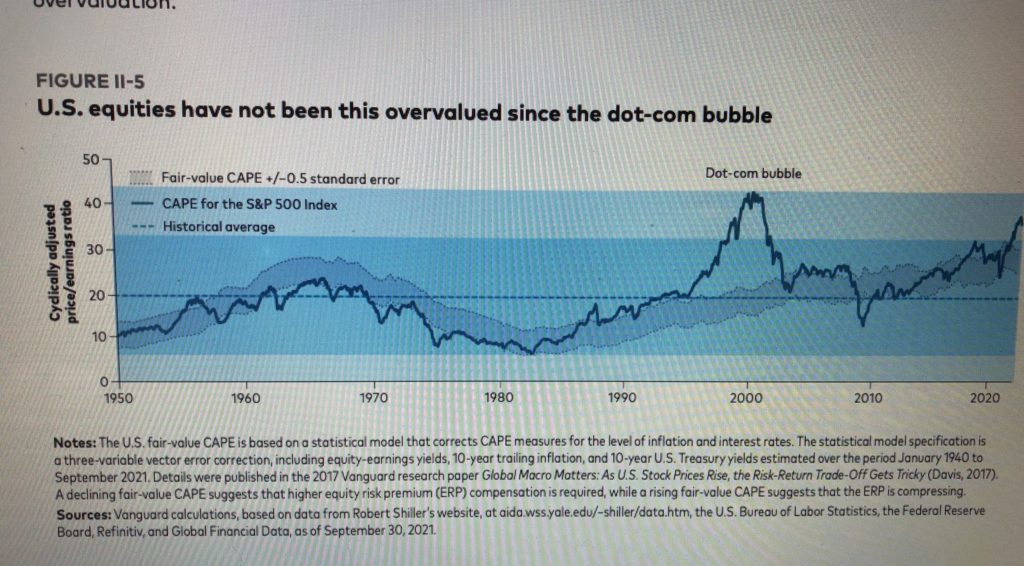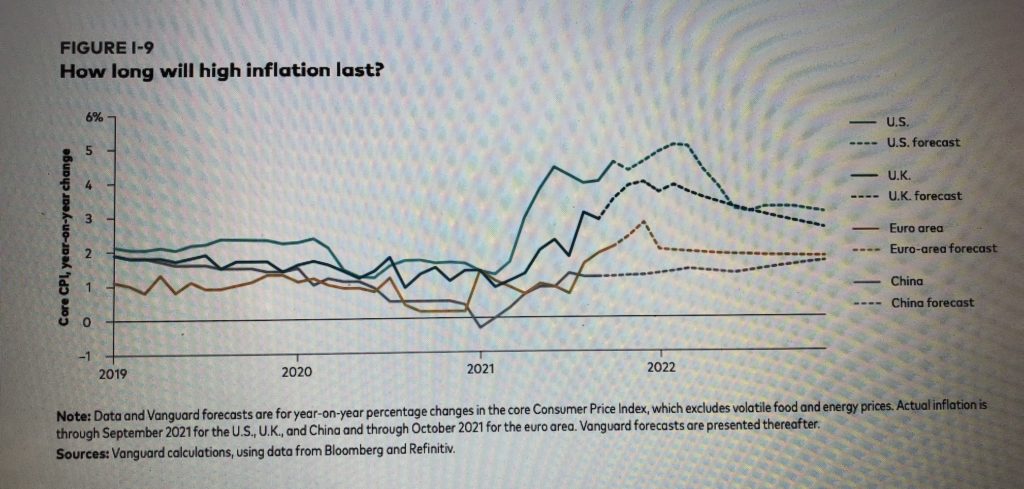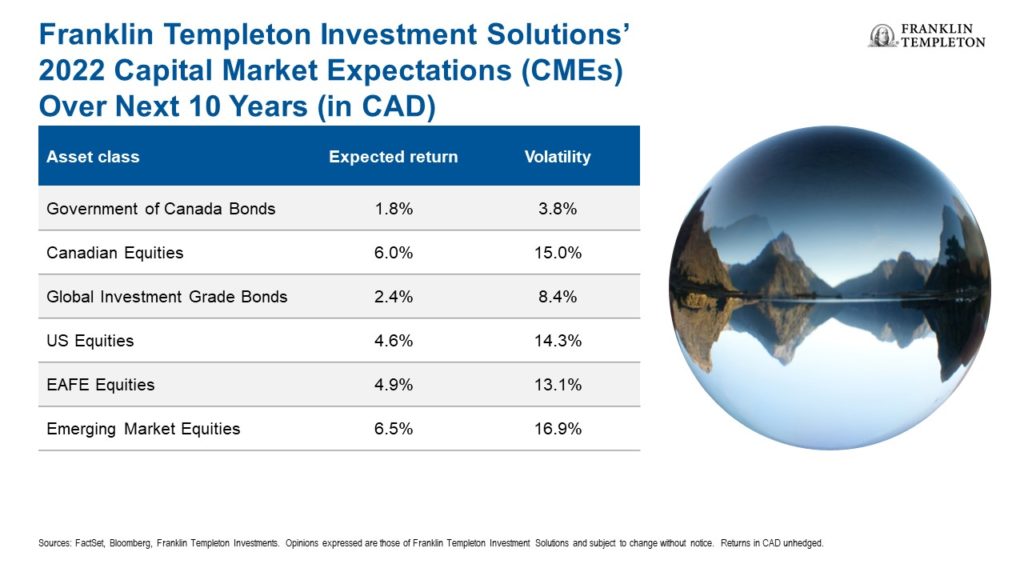
Almost since the Hub’s inception in 2014, the principals behind the popular RetireEarlyLifestyle.com have provided in-depth coverage of global travel and the tips to achieve early Financial Independence they used themselves to “retire” in their early 30s.
The following email interview was between myself and Billy and Akaisha Kaderli. Our intention is to publish it on both sites. Here’s the link to their version, which ran Dec. 14th.
So without further ado:
JC Q1: Akaisha and Billy, you are about the same age as myself and my wife Ruth and apart from being American and Canadian, we appear to have several things in common: we both run sites focused on Financial Independence, have written some books on same, and continue to be working at least on our own terms even though we have achieved Findependence years ago: more than 30 in your case, seven in ours. One difference is you travel a lot more, while we are content to stay in our Toronto home near Lake Ontario and take just a few weeks abroad, preferably if it’s a business expense. So let me start with the provocative statement that I think travel is expensive and over-rated. I have no doubt you can rebut that!
A&B: First, let us clarify that the time we spend on our website is what we consider to be our volunteer time. Yes, there are products that we sell, but 99% of our information is free because we are passionate about teaching financial literacy to those who want to learn.
In regards to your comment about travel being expensive and over-rated, it depends.
We think that there are differing styles of travel. There are tourists, visitors and travelers. There is no one-right-way to journey around, and we love it that people get out and about, expanding their minds.
Tourists tend to go on vacation for a week or two, spending a good deal of money on lodging, transport, entertainment and meals. Every day must be “perfect” and if the weather doesn’t cooperate or if service is not great, then there is this sense of disappointment. They tend to go to resorts or even exotic locations, but the lodging and amenities have a sense of Disneyland unreality, and are often over-priced.
Sure, there might be a water buffalo in some rice fields, with “workers” wearing a “traditional clothing uniform” but the real locals are miles away. Tourists will pay $10 or more for a beer that the residents of the area would purchase for about a buck.
Also, Tourists might like the idea of a vacation or might not. Mostly, they like the comfort and routine of home, and a vacation is an interruption in their experience of the familiar. Many times, it borders on the feeling that “this is a waste of time. I’d rather be home.” They don’t know any local phrases in a foreign language except maybe Yes, No, Thank you, Bathroom and Beer. Tourists have more of a passive approach to their excursion and want to be entertained. Then they rate their experience with their friends when they return home.
In order to go on this vacation, they stop their mail, perhaps have a house sitter or family member/friend water their plants or watch their pet. They have probably cleaned out their refrigerator and have to stock up once again when they return home. And it all seems to be a hassle. “Would have been easier to just stay at home in the first place. Plus, now we have this credit card bill and all these souvenirs to give to friends.”
Visitors on the other hand stay in a location for a bit longer – maybe even a month or so. They know some survival phrases in the local language and choose lodging that is more middle range than a resort option. About half the time, they will eat outside of big chain restaurants with well-known names and take a chance on a local restaurant.
They are a bit more self-guided in their entertainment choices, perhaps utilizing Google maps or a local tour of the area to become familiar with their surroundings. They may select local transportation or hire a driver to go from archaeological ruins and museums or they might take a self-directed walking tour.
Using a daypack, they bring their own drinking water and perhaps some snacks to munch on as they go from place to place in their day.
Traveling for them is not necessarily a “vacation” but more of an experience, or a sabbatical. They could take cooking classes, language classes, painting courses and the like and they interact with the local people.
After their time away from home, their lives have altered in some way, perhaps expanding their perspectives or dropping an outworn routine. They look forward to their next adventure.
Then you have Travelers.

These are the people who go from place-to-place with no itinerary other than their own style of meandering. They usually buy only one-way tickets, figuring out how to return – if they do – at another time. They communicate with the native inhabitants in their own language, purchase food, clothing and travel equipment from markets in the area and will often eat street food or dine in local restaurants.
These people travel for months, sometimes years at a time and rent apart-hotels, AirBnBs, house sit or bargain for a hotel room for a monthly rate. They may or may not have a home base for when they return from their wandering.
Travelers are more flexible mentally and are willing to have their routines interrupted. If the weather pattern is not to their liking, they might move on, or hunker down till the cold, heat, or rain stops. They do not live their traveling life as in “Today is Tuesday so it must be Belgium.” They speak with other travelers to get insight into their possible next stop.
Travelers employ digital equipment and apps to communicate with family and friends. They utilize email, sending digital photos or videos taken of their experiences, and they travel lightly. They throw their daypacks onto a bus or carry them on an affordable inter-country flight. Getting their cash in the currency of the country they are living in, they work the ATMs with a debit card that pays the withdrawal fee back.
They manage their lives online and have been receiving paperless mail for a long time. Photos are placed up in the cloud and they take care of business via Skype, WhatsApp or Signal, benefitting from medical tourism for their health care.
Travel does not cost them “more.” In fact, if they were spending their time “at home” they would still have a baseline of expenses – lodging, food, transport, entertainment for instance. But now they have incorporated these same expenses along with globe-trotting which creates memories for a lifetime and stories to share.
In general, travel has broadened their minds, giving them a unique perspective of the world and a confidence and self-reliance that pervades daily living.
We think it’s important to know one’s traveling style and enjoy who you are. There is not a one-size-fits-all, and we recognize that travel isn’t for everyone.
Someone has to stay home, attend the roses and mow the lawn!

How does extensive travel differ from short vacations from full-time employment?
JC Q2: To clarify, we enjoy travel too; was just playing devil’s advocate. Before we switch to Findependence, do you think there’s a big difference between the expensive two-week vacations many salaried employees take, and actually renting a house or suite abroad for 3 or 4 months at a time in Semi-retirement?
A&B: Yes, there is a big difference, actually.
When one is still working, vacations are stress busters. Work hard, play hard.
These holidays tend to be results of pent up demand for luxury; things we have denied ourselves during our working life like splurging on fine meals out, visiting an exotic place far from home, a ski vacation, or a safari. Continue Reading…







